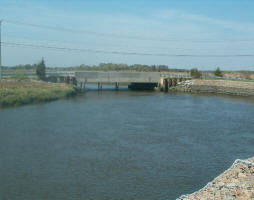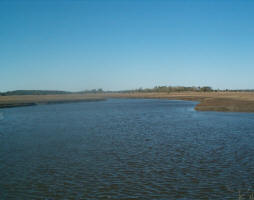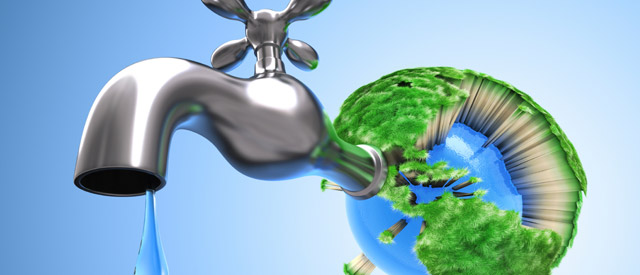 Safe drinking-water in Europe?
Safe drinking-water in Europe?
Millions of people in the WHO European Region drink contaminated water, often without knowing it. WHO estimates that, every day, 14 people die of diarrhoeal disease due to inadequate water, sanitation and hygiene (WASH).
Clean and safe drinking-water at home is frequently unavailable, particularly for those living in rural areas. In the Region, 57 million people do not have piped water at home, and 21 million people still lack access to basic drinking-water services. These people use water from unprotected dug wells and springs, directly consume surface water, or need more than 30 minutes to collect water. About three quarters of people without access to basic drinking-water services live in rural areas.
WHO sets global health-based guidelines for drinking-water quality. The water safety plan (WSP) approach is a core pillar of these guidelines. WHO considers WSPs to be the most effective means of consistently ensuring the safety of a drinking-water supply.
WHO/Europe, through the European Centre for Environment and Health (ECEH) in Bonn, Germany, works with countries to implement the guidelines. ECEH supports countries to survey and assess their drinking-water supplies, and to prioritize what needs to be done to improve water quality and access to safe services. The outcomes of these activities become part of national policies and measures, leading to the adoption of the WSP approach.
| Contact information | n/a |
|---|---|
| News type | Inbrief |
| File link |
http://www.euro.who.int/en/health-topics/environment-and-health/water-and-sanitation/news/news/2018/3/safe-drinking-water-in-europe |
| Source of information | euro.who |
| Subject(s) | DRINKING WATER |
| Geographical coverage | Europe |
| News date | 09/04/2018 |
| Working language(s) | ENGLISH |
 you are not logged in
you are not logged in





